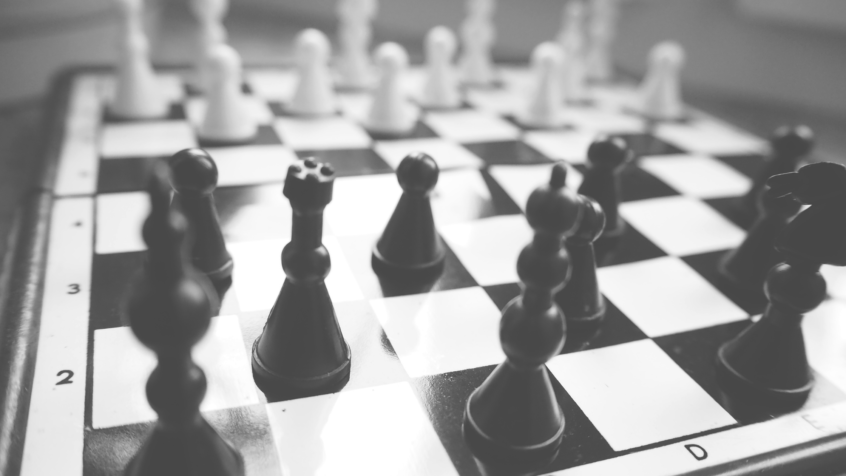It’s arguable that one of the most important factors in our success is the decisions that we make. In order for us to do anything – especially something new or different that leads to greater achievement – the precursor to the action is the decision to take the action.
In short… If you want more success in anything, you must first make better decisions.
We make decisions like we do most other things – by habit. If we are cerebral, we’ll likely make decisions based on facts and figures, which is logic. If we’re influenced by how we feel, our emotions will drive our decisions. And if we’re really spontaneous, likely we “go with our gut” or make decisions based on intuition. Most of us default to one or sometimes two of these methods.
The problem with losing one or two of these internal processes, we’re not able to see the whole picture, which can affect our ability to make the best decision.
Here’s a quick example to illustrate how siloed decision-making can affect what you might choose to do. To look at this, we’ll look at a decision that we make all the time – where to go to dinner. This is a personal one for me 🤣 choosing between Mexican food 🌮 vs. Whole Foods 🥗
Here’s how we might approach this decision from each process:
Logic: In the past, I’ve had a hard time not eating the queso and ordering enchiladas. I’ve usually chosen healthy options at the Whole Foods food bar.
Emotion: I really love going to get Mexican. It’s so good when I eat it! Whole Foods salad is boring. And, my wife would be much happier getting Mexican.
Intuitive: After a weekend not eating healthy, I just think a heavier option is best for me.
If I looked at the logic, based on those facts, it might sway me to make a decision to eat at Whole Foods if being healthy is important to me. If I looked at the emotions, I would most likely choose Mexican because it would make me AND my wife happier. If I went with intuition, I would go to Whole Foods. Different decision-making methods lead to different results. Or If I added emotions into the mix with either my logic or intuition, I might not even be able to decide since my priorities would be competing & conflicting.
Bruce Schneider, the founder of the Institute for Professional Excellence in Coaching (iPEC) created a simple decision-making process that is a pathway to the very best decisions. He calls the process holographic decision-making.
By using all three processes simultaneously – logic, emotions, intuition – Schneider’s holographic decision-making process works because we’re able to see the choices in three dimensions. In looking at the dinner example above, by measuring all three, I’m able to walk away with the best decision while feeling very confident about it.
To make holographic decisions, we want to look inside of us and outside of us. Logic comes from outside of us. It’s data from past results. Intuition comes from inside of us – our gut feeling. Emotions are a mixed bag. Our emotions come from inside of us, yet it also factors in the emotions of others who we might affect with our decision.
To put them all together, we want to learn from the past to understand the present and help us see the future.
Since most of us habitually make decisions using one or two processes, we have to retrain ourselves in a holographic way. Sounds challenging… not really! When you realize that it’s time to make a decision about something large or small, simply ask yourself these three questions…
- How do I think it will work?
- How enjoyable will it be?
- What does my gut say?
This framework can help you look at a decision from all angles and from points of time – past, present and future. Do it enough and holographic thinking will become habitual! When your decisions are made through this holographic process, you’ll not only make better decisions for yourself, you’ll be more confident in your decisions, which will help you perform better, lead to better results and ultimately more success.

